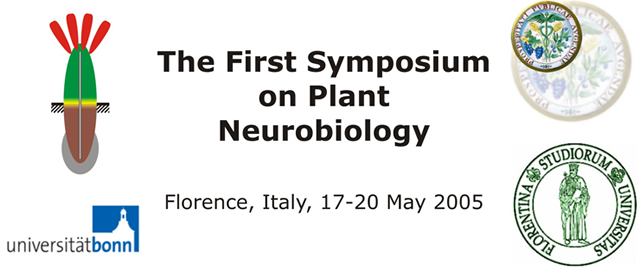1 UMR INRA -UCBN 950 EVA, Laboratoire
d'Ecophysiologie Végétale , Agronomie & nutrition N,C,S; Esplanade de la Paix, F-14032 Caen
cedex, France
2 Institute of Grassland and Environmental Research, Plas Gogerddan, Aberystwyth, Ceredigfion
SY 23 3EB, UK |
|
Nitrate uptake is the most limiting step of nitrate
assimilation and consequently of higher plants growth (1). Nitrate uptake processes involve the functioning of
several transporters with low-affinity (NRT1) and high-affinity (NRT2) to nitrate. These transporters are now
well characterized at molecular level in many species and are regulated by complex local and long-distance
signalling pathways (2). Until now, long-distance signals identified (such as glutamine) were supposed to
mediate a feedback repression of nitrate uptake according to the modifications of internal N status varying
with N demand of plants for growth.
In order to identify others transported amino acids implicated in
long-distance regulation of nitrate uptake, we have analysed in Brassica napus plants, composition of
phloem exudates during N-deprivation (short-term experiment) and over a growth cycle (long-term experiment) in
relation with variations of nitrate influx and BnNRT2 nitrate transporter gene expression.
Our
results show a positive correlation between GABA in phloem exudates and nitrate uptake in short and long-term
experiments. The hypothesis that GABA could act as long-distance signal in up-regulation of nitrate uptake was
tested by providing an exogenous GABA supply to the roots. By contrast to Glutamine treatment which inhibits
both nitrate uptake and BnNRT2 gene expression, GABA treatment induces a significant increase of
BnNRT2 mRNA expression but has less effect on nitrate influx. Despite the fact that this study
provides the first evidence that GABA may act as putative long-distance inter-organ signal in plants, our
results raise question of whether GABA could mediate a root-specific response in mineral acquisition via the
modifications of root absorbing surfaces or increase conduction of ions transport (3).
We are now
investigating the role of GABA in root development, by analysing the effects of GABA treatments on exploratory
root system: primary and lateral roots and absorbing root system: root hair development.
References:
- Malagoli P, Lainé P, Le Deunff E, Rossato L & Ourry A (2004)
Modeling N uptake in Brassica napus L. Cv Capitol during a growth cycle using influx kinetics of root
nitrate transport systems and field experimental data. Plant physiology 134, 388-400.
- Lainé P, Ourry A & Boucaud J (1995) Shoot control of nitrate uptake rates by root of
Brassica napus L. effects of localiszed nitrate supply. Planta 196,77-83.
- Beuve N, Rispail N, Lainé P, Cliquet J-B, Ourry A & Le Deunff E (2004) Putative role of g
-aminobutyric acid (GABA) as a long distance signal in up-regulation of nitrate uptake in Brassica
napus L. Plant Cell and Environment 27, 1035-1046.
|

